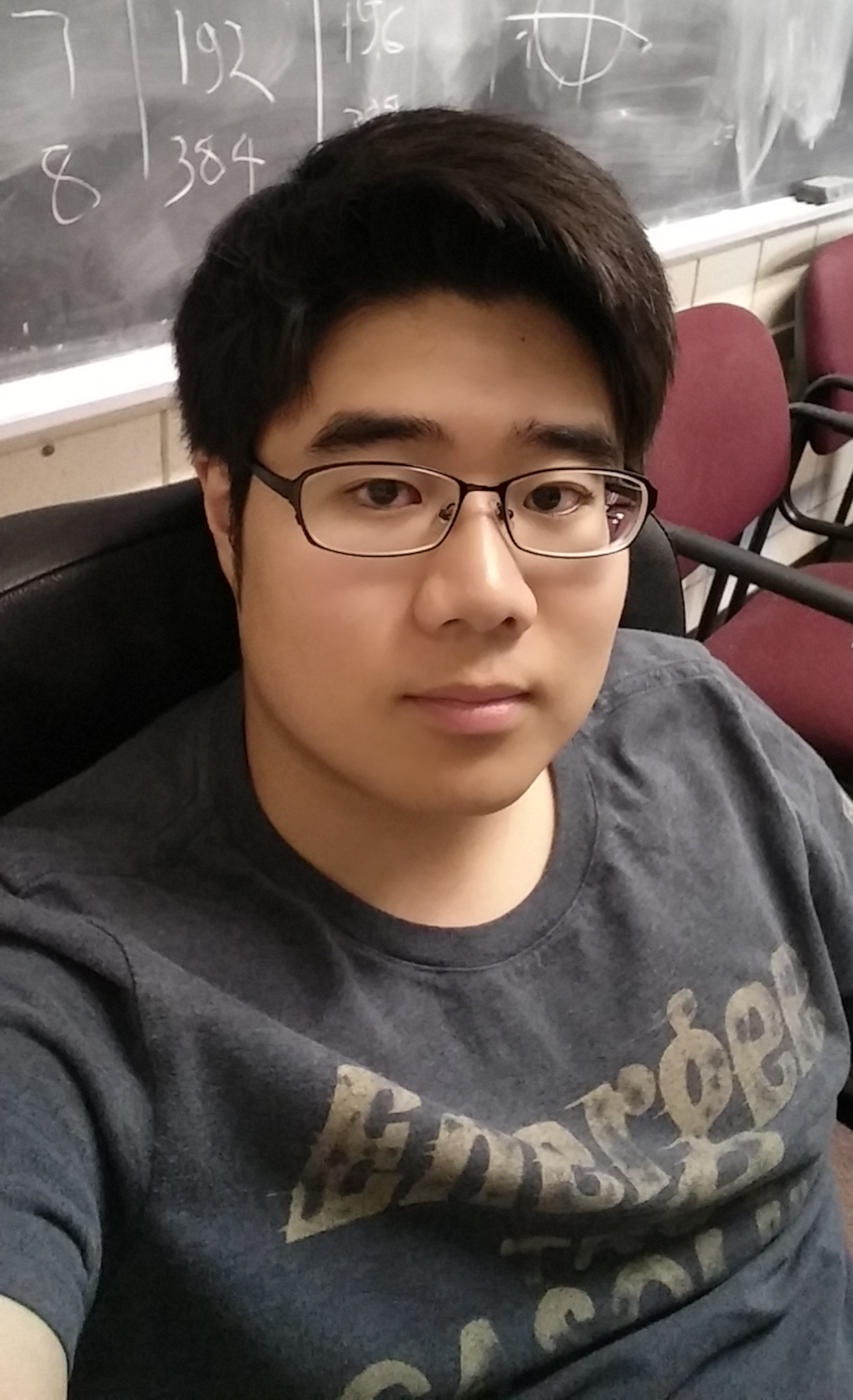Optimal Orbit Raising Via Particle Swarm Optimization
Published in Masters Thesis, 2015
A spacecraft in one orbit may need to move to another orbit. Apoapsis orbit raising, in particular, takes a spacecraft from a circular orbit to an elliptical orbit by thrusting at a periapsis. This technique was applied as the initial stage for the lunar (LADEE), GEO (ARTEMIS), and interplanetary (Mangalyaan) missions to save propellant usage and raise the apoapsis distance of the orbits. These projects show that the apoapsis orbit raising can be applied to various types of missions. In this thesis, by applying the Particle Swarm Optimization (PSO) algorithm to the five finite thrust maneuvers, evaluation of an optimal solution that derives optimized propellant usage is presented. Each transfer orbit pushes out the apoapsis of the trajectory, depending on the thrust duration and the thrust-on location. The final orbit of the optimal solution of the problem should meet two criteria: the line of apside (LOA) alignment and the apoapsis distance. The PSO is a computational method that is inspired by a swarm movement. By sharing information obtained by each member, the entire swarm (set of possible solutions) can find the best location efficiently and rapidly. This algorithm highly depends on size of a swarm and number of iterations as well as an initial solution set. In this thesis, a modification is applied to the PSO to handle equality constraints. The PSO application to apoapsis orbit raising shows the feasibility of determining an optimized trajectory to reach a target orbit and gives required propellant for each maneuver in terms of a thrust duration. The optimal results are acquired by the PSO algorithm and all the requirements are satisfied.
Recommended citation: Ghanghoon Paik. (2015). "Optimal Orbit Raising Via Particle Swarm Optimization."
Download Paper
